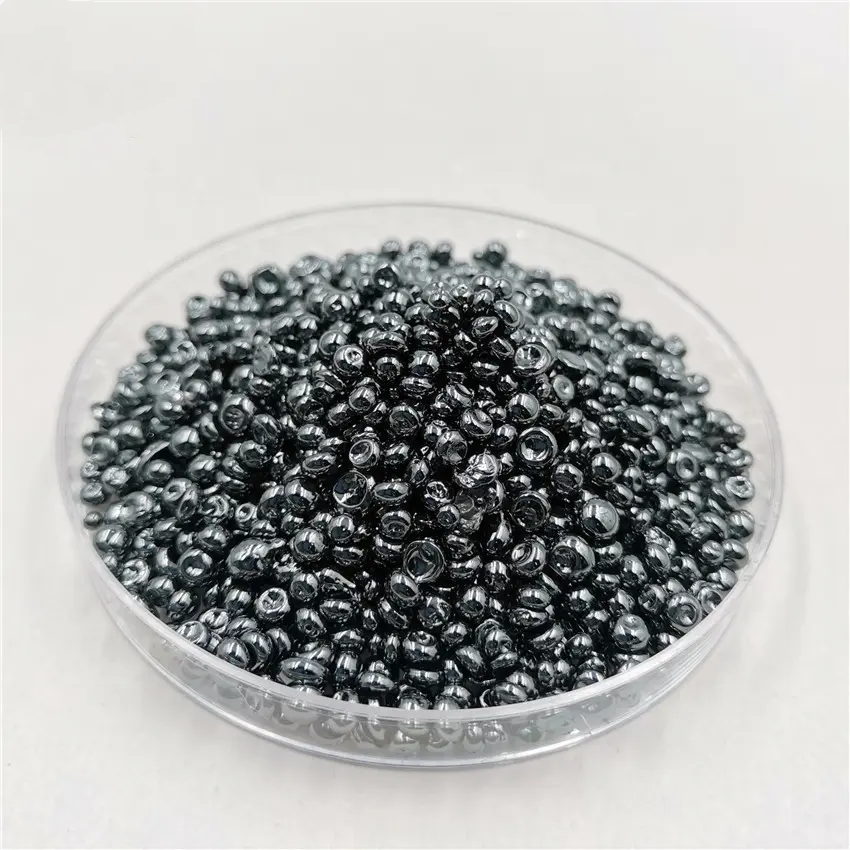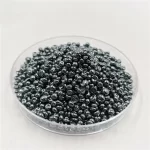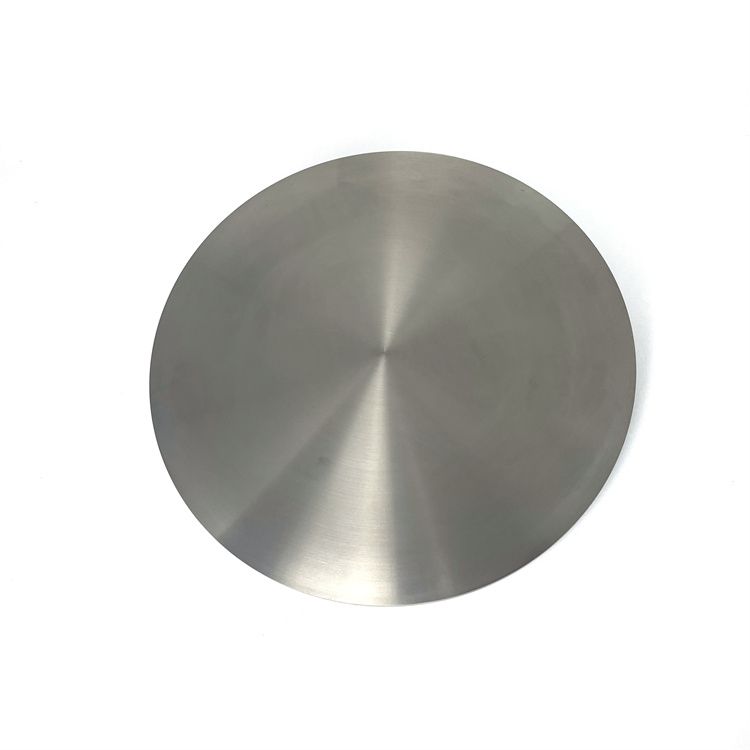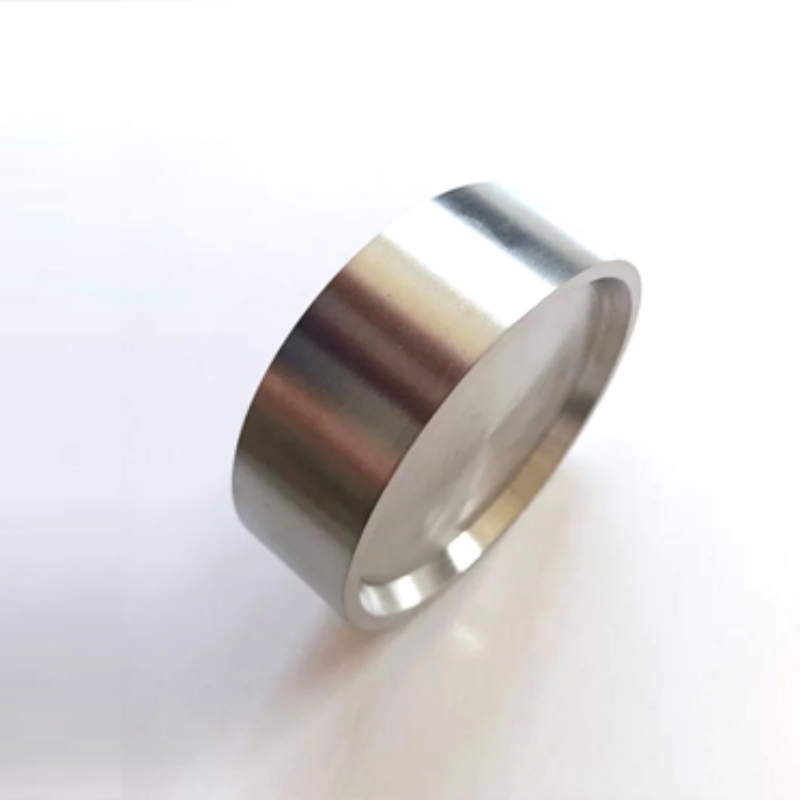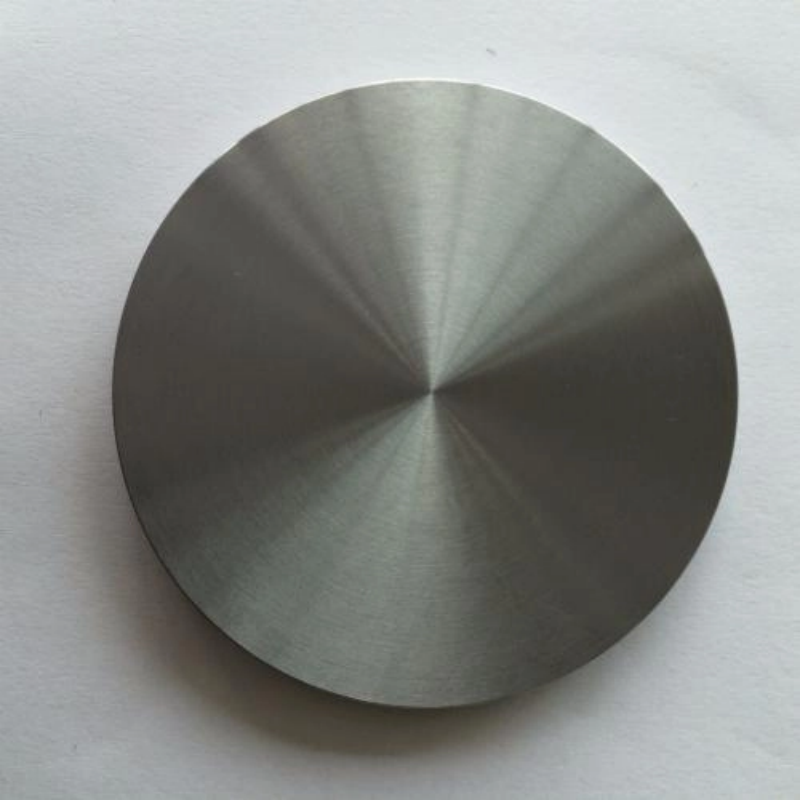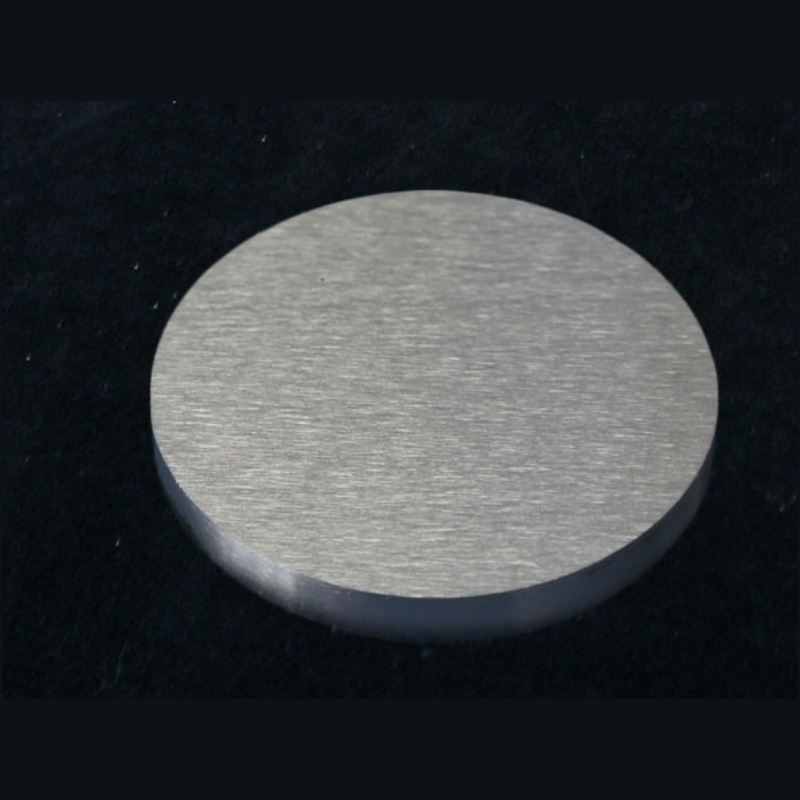Selenium dioxide (SeO₂) granules are a high-purity inorganic compound known for their excellent oxidizing properties, catalytic applications, and use in glass production, electronics, and chemical synthesis. Due to its unique characteristics, selenium dioxide plays a crucial role in industrial processes, specialized research, and advanced material development.
Product Overview
Selenium Dioxide (SeO₂) is a white crystalline or powdery substance with a pungent odor and acidic properties. It has a melting point of 340-350°C and sublimes at 315°C. Selenium Dioxide exhibits good stability and is resistant to both light and heat. It typically appears as white or slightly red needle-like crystals, with vapor showing a yellow-green color. The compound demonstrates strong reducing properties in chemical reactions, reacting with various chemicals to form different selenium compounds.
Features
- High purity (6N), ensuring excellent reactivity and performance
- Easily soluble in water, ethanol, acetone, and other solvents, with good chemical activity
- Moderate sublimation temperature, suitable for high-temperature reactions
- Hygroscopic and highly reactive, capable of forming new compounds when reacting with various substances
Applications
- Electrolytic Manganese Industry: Widely used in the production of electrolytic manganese, which accounts for a significant portion of Selenium Dioxide consumption
- Feed Industry: Used to produce sodium selenite, a key ingredient for selenium-enriched fertilizer for crops
- Chemical Reagents: Serves as an oxidizer and catalyst in organic synthesis, extensively used for preparing selenium compounds and high-purity selenium
- Alkaloid Testing: Used to test for plant alkaloids and other chemical components
- Manufacturing of Other Selenium Compounds: As a crucial raw material in the production of selenium compounds, it is used in both industrial and research applications
- Electronics: Used in the production of photocopiers, rectifiers, and other electronic devices
| Element | Measured Value | Standard Value | Unit | Element | Measured Value | Standard Value | Unit | Element | Measured Value | Standard Value | Unit |
| Li | Zn | Pb | 0.5 | ppm | |||||||
| B | Ga | Bi | 0.5 | ppm | |||||||
| F | Ge | Y | |||||||||
| Na | As | Te | 1 | ppm | |||||||
| Mg | 0.5 | ppm | Se | Matrix | wt% | Er | |||||
| Al | 1 | ppm | Zr | Ru | |||||||
| Si | Nb | Rh | |||||||||
| P | Mo | Os | |||||||||
| Cl | Pd | Cd | 0.2 | ppm | |||||||
| K | Ag | 0.2 | ppm | In | 0.5 | ppm | |||||
| Ca | Sn | ||||||||||
| Ti | 0.5 | ppm | Sb | 0.5 | ppm | ||||||
| V | Ba | ||||||||||
| Cr | ppm | Hf | |||||||||
| Mn | Ta | C | |||||||||
| Fe | 0.5 | ppm | W | S | |||||||
| Co | Pt | O | |||||||||
| Ni | 0.2 | ppm | Au | N | |||||||
| Cu | 0.2 | ppm | Hg | H |
 new material
new material

